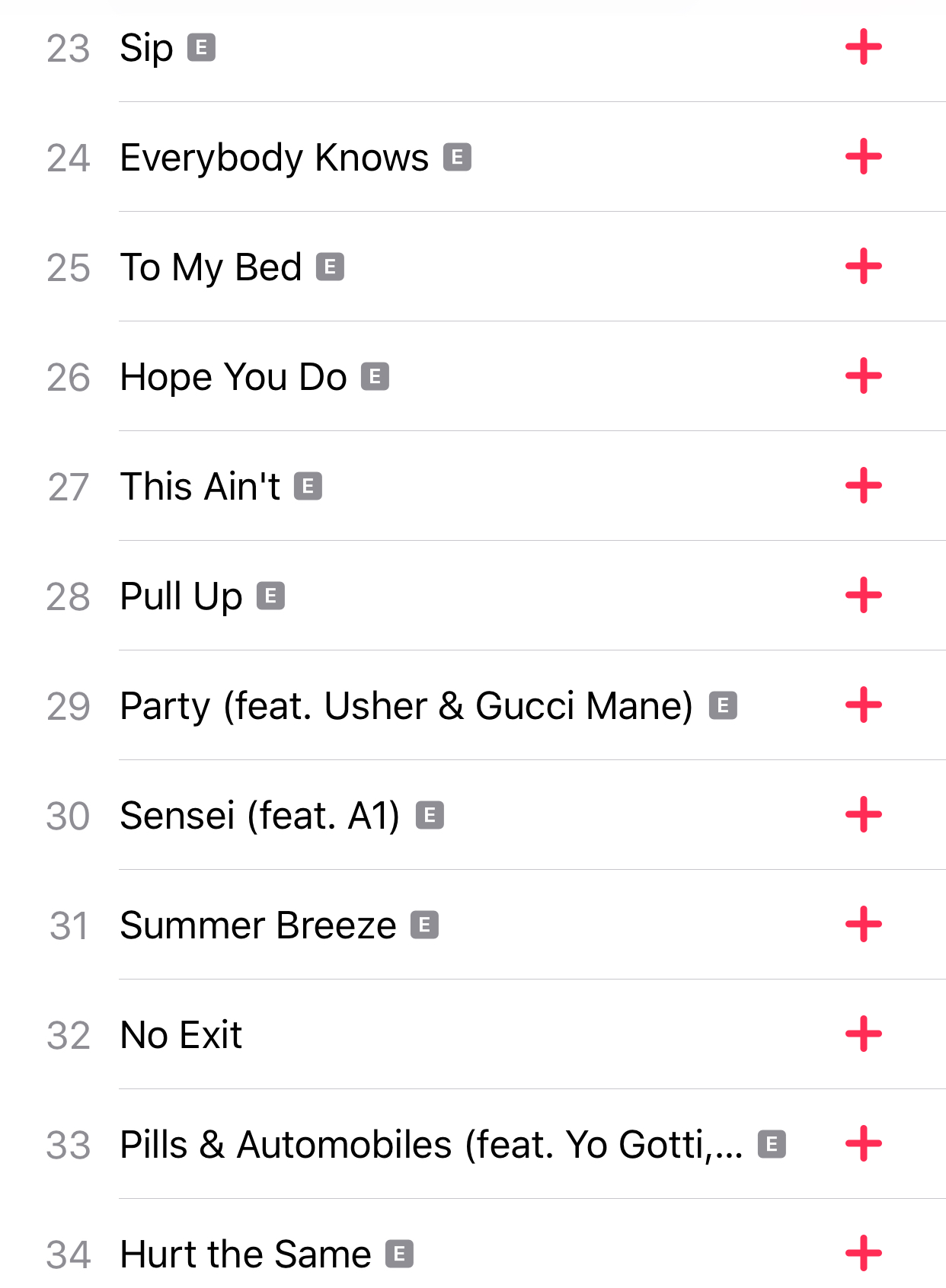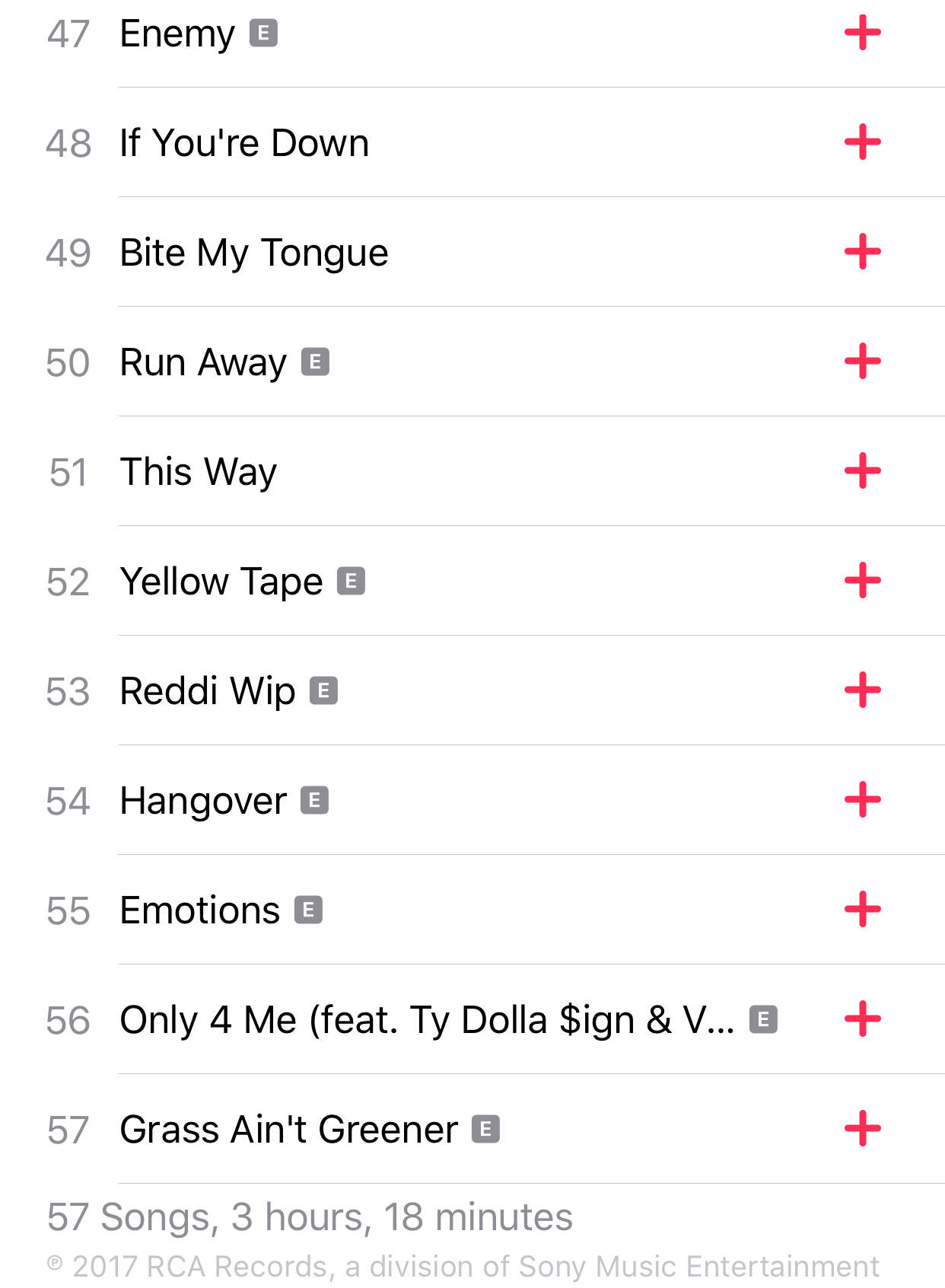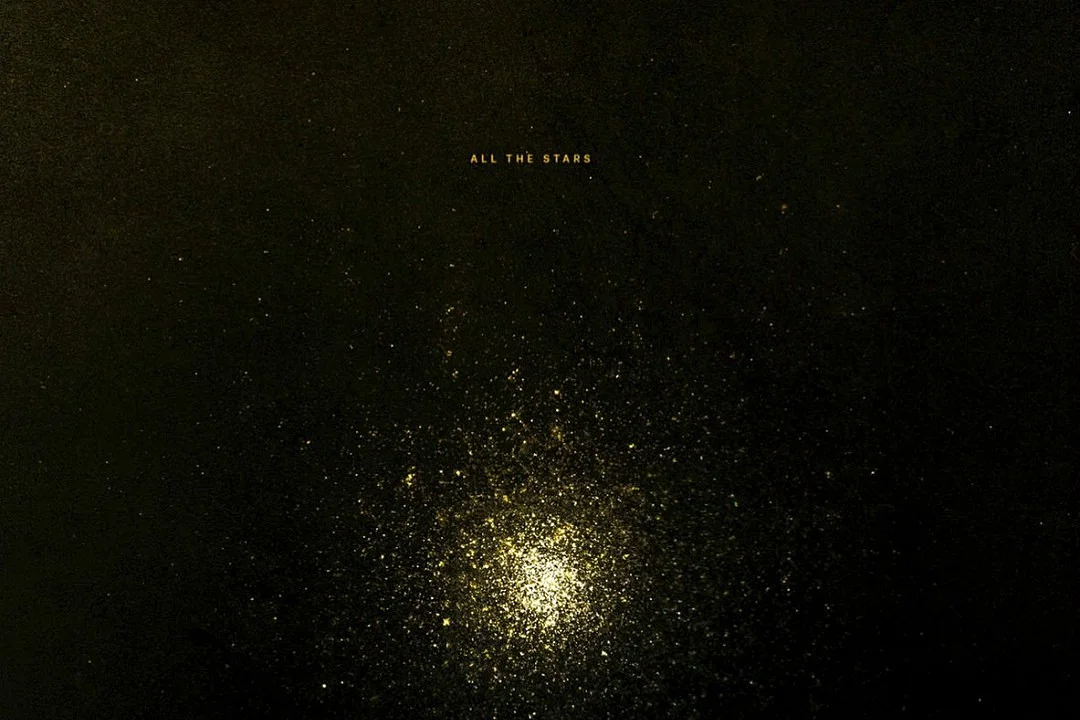The Egregious Lengths of Hip-Hop Albums
Migos, with the first big music move of 2018, released their highly anticipated sophomore album, Culture II. The album contains a full 24 tracks and gargantuan one hour and forty-five minutes runtime showing a continuingly destructive trend in music. The massive pop-rap album, with enough fat to feed a small village, has risen to prevalence, with Drake being one of the most egregious offenders. Drake’s last two albums, More Life, and Views, both contained 20+ tracks running almost an hour and a half making the projects seem like unfiltered messes. Despite this, each album still had a couple hit tracks that carried them through the charts for an insane amount of time. In 2017 Chris Brown took this to the extreme with a “Deluxe Christmas Edition” of his album Heartbreak on a Full Moon, containing 57 tracks and being a satanic three hours and eighteen minutes long. Brown also encouraged his fans to support him and buy and stream the album to death. There is nothing inherently wrong with especially long albums (or songs) but when the main thought when creating these long works, it devalues the artistic value. If a long album is engaging and creative enough to where the time flies by, the listener experience is astoundingly better. Migos, among other trap-rappers, don’t exactly have the stylistic variety to hold my attention for an extended period of time.
Ridiculous right?
There are many routes to take when trying to explain the drastic increase in popular album runtime, but these all boil down to money and advancing music technology. The music industry is one of the most openly glutinous of the classical arts and the money moves create pressure and change in the industry. Up until the early 2000’s technology really limited the scope of albums. Vinyl, cassette tapes, CD’s all had a finite amount of space that could be packed into them. With the advent of digital music in the early 2000’s (and sites like Napster) and eventually streaming music the constraints that plague artist to make tough decisions in their track listings were no more. With Pop music especially this lead to the gradual increase of track listings throughout the 90’s. Nothing too insane but this is important because many artists pushing the time barrier today are some fusion of rap-pop or pop-r&b.
Rap/Hip-Hop’s lengthy music stems from the genre coming up relatively recently. The economics also constrained (especially early on) longer projects as double LPs were not as cost effective. This fact slowly became irrelevant leading up to the 2000’s as other forms of music emerged and were cheaper to make. This fact allowed the budding hip-hop scene that exploded in the 90’s to make longer and longer albums. The first mainstream rap album to be a commercial success was Public Enemy’s, Fear of the Black Planet, which contained 20 tracks and spanned just over an hour. A lot of the late 90’s bling era, being also less constrained, saw rappers refine their styles and lengthen songs. Most of Jay-Z’s early work contains a pretty standard amount of tracks that add up to about an hour. The Notorious B.I.G’s masterful Ready to Die contained 17 tracks being again a little over an hour. I think this was the Goldilocks zone that indie-rock and rap were able to live and thrive during the last decade. Artist created longer more developed and well thought out tracks that made the album not seem long. This is a major distinction between 90’s/00’s artist and today's Spotify warriors. I don’t think this dynamic is exactly due to the artist being intrinsically “better” in the last two decades (as that would be a pretty elitist point of view) but the difference can once again be explained by technology and market forces. Artists were not completely free of technological bounds as diminishing returns ran rampant on Itunes and other music services. The price for albums on iTunes doesn’t exactly scale well (especially now with streaming competition) as Chris Brown’s album (non-Christmas version) is only 16.99 on iTunes. The measly .37 cents per song that Chris Brown makes for a purchase of this album illustrates the reason for rappers in the early 2000’s to create longer songs with a shorter track listing to get the most bang for their buck.
The technological journey finally brings us to the elephant in the room. Streaming services have completely overhauled the way music is made in the 2010’s and most importantly, the way money is made in the music industry. Companies like Apple and Spotify are pretty reluctant to release information about how exactly their streaming service promote music, but we can make some educated guesses from related platforms. A parallel I see emerge is between YouTube and music streaming services. The difference is that outrage at YouTube throughout the years has led to quite a large chunk of information to be known about how their algorithms work. Specifically the meme of creators lengthening their videos (sometimes with just a blank screen) to ten minutes. People do this because YouTube rewards videos that garner more ‘watchtime.’ This makes sense from an economic standpoint as the longer people are on YouTube the more they can be advertised to. This probably isn’t exactly the same system for music streaming services but the underlying mantra of keeping consumers on the app for as long as possible most likely holds true. ‘Watchtime’ in this case would be closely related to the number of streams and since artist get paid by the stream it incentivizes artist to create a lot more tracks. Another facet of the YouTube algorithm is that it rewards constants uploads (for the same reason). This is why many channels who don’t upload as often have plateaued. In music it difficult to constantly be releasing music over the years. Artists have already begun trying to take advantage of this fact as the rock band King Gizzard and the Lizard Wizard and the hip-hop collective Brockhampton released five and three albums respectively in 2017. Drake has been fully been taking advantage of the system as he has released new music every year since 2015 with super long albums.
The fact that rap is the most popular genre in 2017 signals that the streaming service machinery is in full force. Migos were the hottest new artist of 2017 and my guess is this super long album is a statement that the Migos are trying to be here to stay. Writing this article took me about as long as my first listen through of Culture II and as I expected got pretty formulaic and boring after the twelfth track. I was pleasantly surprised with the variance in background instrumentation in the first half of the album (they should have just cut it off at 12) but the second half had me falling asleep. There is no lie, I really dislike long pop-rap projects, with short tracks that feel like the minimal amount of work was put into a vast majority of them, but the popularity of rap has made this paradigm inevitable.
Happy Jamming!













